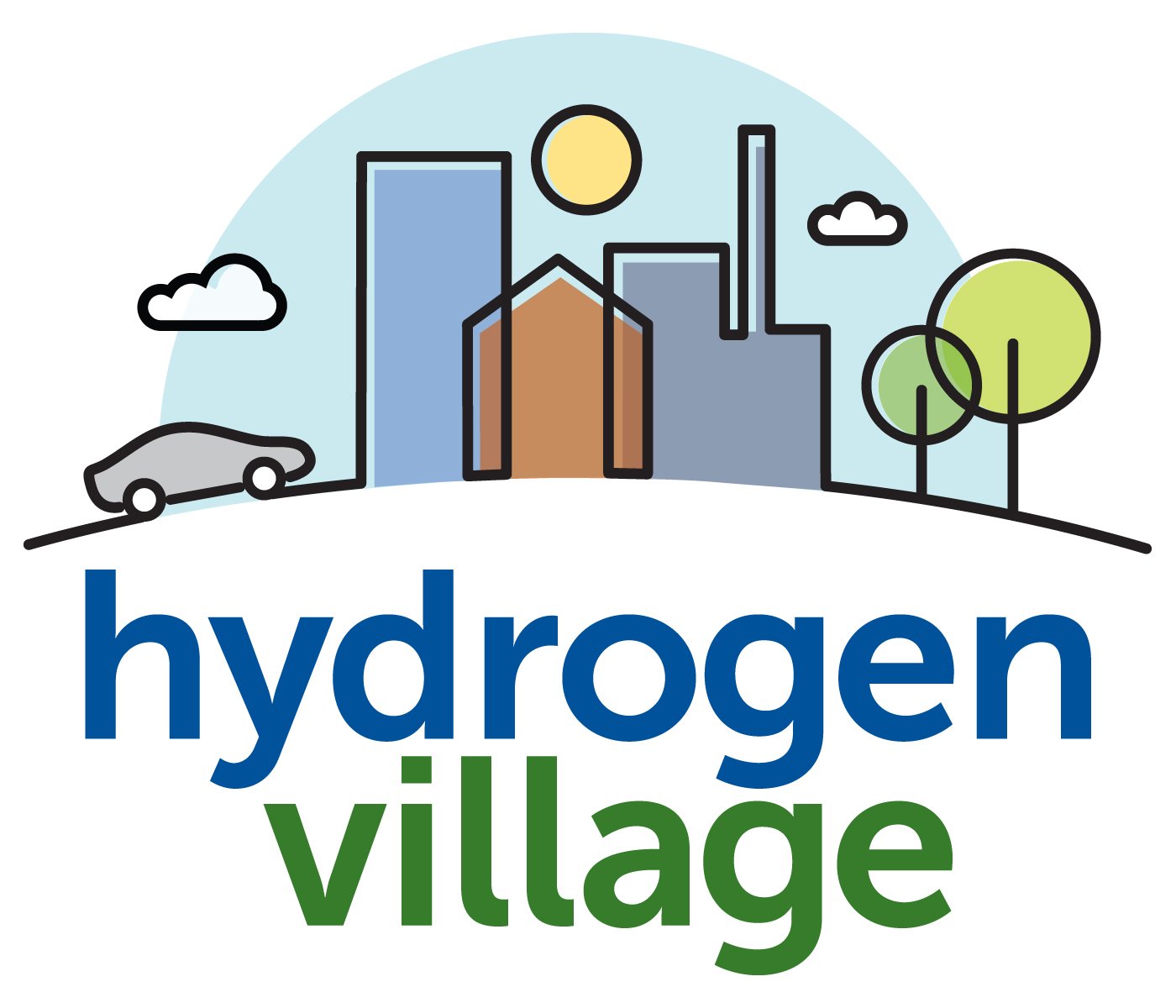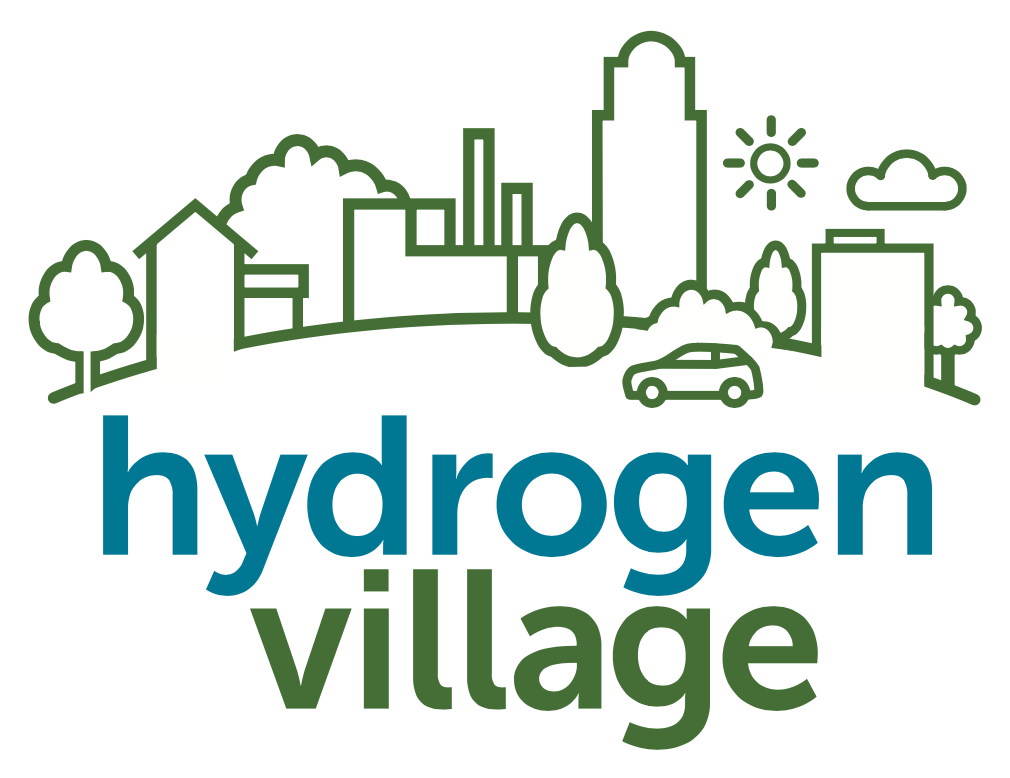Mobility
CP hydrogen locomotive
Hydrogen can work as a vehicle fuel for both mechanical and electric propulsion power. Just as traditional fuels are burned in internal combustion engine, hydrogen has been used as an effective and highly-efficient engine fuel. The difference is that no carbon dioxide is produced in the combustion of hydrogen - only water. Hydrogen can also be converted directly into electrical energy in a fuel cell. Fuel cells facilitate an electrochemical reaction as opposed to combustion, in which hydrogen and oxygen combine to form water, with energy released in the form of an electric current that can power a motor and propel a vehicle.
Hydrogen Locomotive Program
Canadian Pacific has launched a program to convert existing diesel-powered freight locomotives to zero-emission operation using hydrogen fuel cell-electric propulsion systems. The first converted locomotive has been publicly showcased moving on-track under its own power. Three such locomotives are expected to enter regular service in Alberta by 2025. Hydrogen refueling stations will be established at railyards in Calgary and Edmonton to support the early stages of fuel cell-electric locomotive operation. The initial fuel cell units for the program are supplied by Ballard Power Systems (of Burnaby, BC) and the hydrogen refueling stations are being designed by ATCO (of Calgary, Alberta).
CP's Hydrogen Locomotive - YouTube
Hydra co-burning of diesel and hydrogen, BC
Alberta Zero Emissions Truck Electrification Collaboration (AZETEC) fuel cell truck project
The project involves the design and manufacture of two heavy-duty hydrogen fuel cell electric trucks that will transport freight between Edmonton and Calgary. These 64–tonne-, B-train tractor-trailers, capable of traveling up to 700 kilometers between refueling, will be the first vehicles of this size and capacity built and tested in the world. They will be able to accommodate the loads, distances, and climate demands of the prairies.
The project involves a dozen partners from across Canada.


